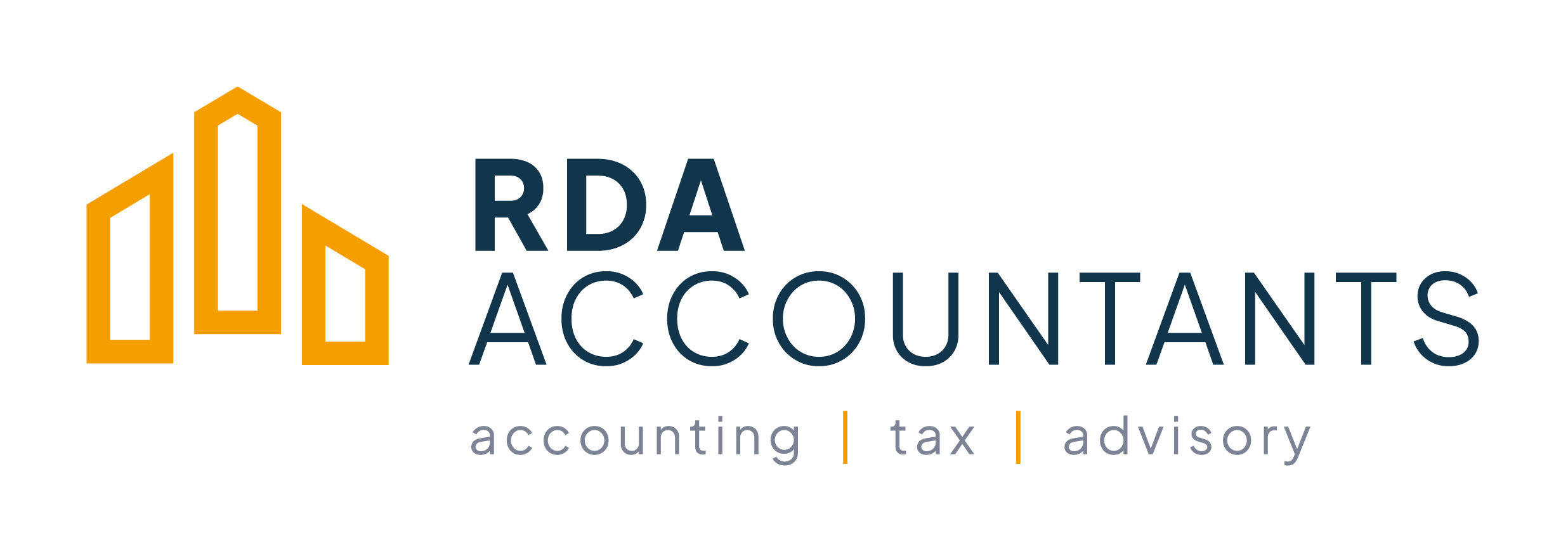I want to expand my business but need some extra funding to do so. Everything I’ve heard suggests...
How to get a business loan
Follow the checklist below, you’ll give yourself the best chance of getting a loan.
Be clear with the bank, and yourself. What is the purpose of the loan? How much is required and over what period of time?
Make it clear what is being financed. What contribution is being made by the business towards financing?
What type of repayment schedule is required? Will the loan be secured on the asset being financed?
Details you may require
Have you provided the right amount of financial information? Typically, depending on the loan amount sought, banks may require:
- Up-to-date financial and management accounts (typically the last six months)
- Debtor profile/listings
- Cash flow projections
- Confirmation of tax status
- Personal statement of affairs, covering the financial position of the owner
- Other information relevant to the particular application
Have you demonstrated the business’s repayment capacity, or its ability to meet the terms of the loan, both now, and over the intended life of the loan?
Have you outlined possible stress scenarios (assuming, for example, that revenues grew by 15% less per year than assumed by the business projections) that show how the business would fare under different assumptions?
Remember, you need security for a bank loan
Have you considered the property or other assets that could be offered to the bank as security for the loan? (The most important consideration, however, remains the ability of the business to repay the amount.)
Security offsets the level of risk a bank is prepared to take, but it will be relied on if the business is unable to make its repayments. Where a bank calls in the security this could result in the loss of the asset for the business.
Security is only viewed as a back-up for the bank and neither the bank, nor the business, wishes there to be a call on it.

